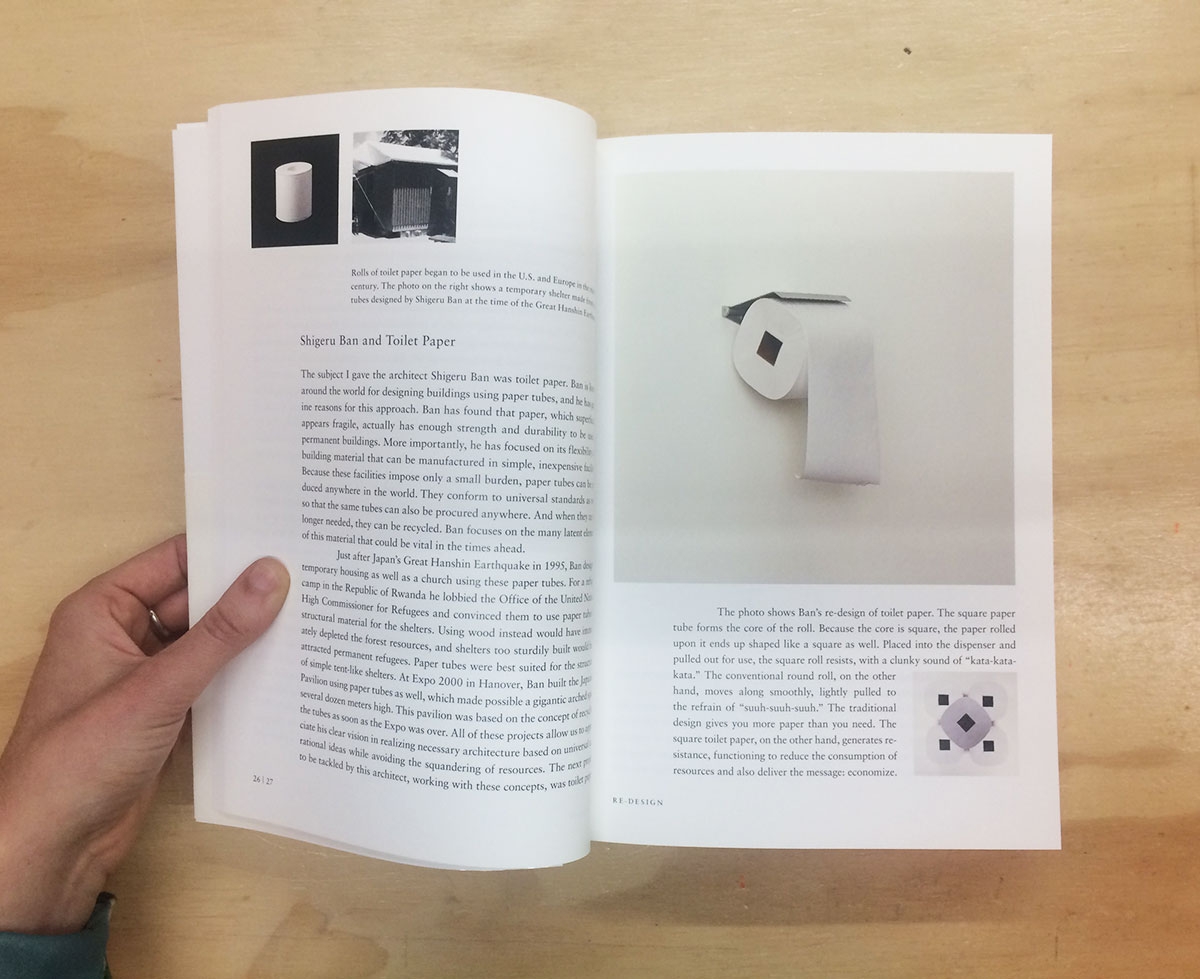In today’s world, where global environmental awareness is rapidly growing, sustainability has, therefore, become an important issue in the field of design. Consequently, design must not only be aesthetically pleasing and practical, but it should also consider its environmental impact. As a result, this presents a significant challenge to modern designers.
In his book Designing Design, Japanese design master Kenya Hara, therefore, discusses various methods to integrate sustainability and environmental concepts into design. With that in mind, let’s take a closer look at these ideas!

1.The importance of material selection.
Designers should use renewable or recyclable materials. They should avoid harmful substances.
For example, in Muji’s designs, he promotes the use of organic cotton and recycled materials. This reduces environmental impact and boosts product competitiveness.
2.Principle of minimizing resource consumption.
Kenya Hara advocates the “less is more” principle. He suggests reducing resource use by simplifying designs. This approach saves physical materials and energy during production and use.
Designers should, therefore, explore innovative methods like modular design. In doing so, if a product is partially damaged, specific modules can be replaced instead of the entire product. As a result, this approach not only extends the product’s life but also significantly reduces waste.

3.Optimize product lifecycle.
Kenya Hara designs products that are easy to take apart, making recycling simpler. Designers should also focus on creating products that are easy to fix and upgrade. This helps keep up with fast-changing technology and stops products from turning into waste too quickly.
4.Educate and influence user behavior.
Kenya Hara believes that designers also have the responsibility to influence and educate users through design, promoting environmentally friendly behavior.
For example, design can encourage users to be more eco-friendly with simple cues, like water-saving symbols or energy efficiency labels. By sharing environmental messages through design, it can quietly raise public awareness and inspire changes in behavior.

5.Continuous innovation and improvement.
Environmental sustainability is a field that keeps evolving. Designers need to keep learning. They should stay updated with the latest eco-friendly technologies and materials. Kenya Hara encourages designers to always look for new methods and technologies. This helps improve the environmental performance of their designs.
📚Learn more about this book:
✒️ The content above was created by iWeaver Ai.




